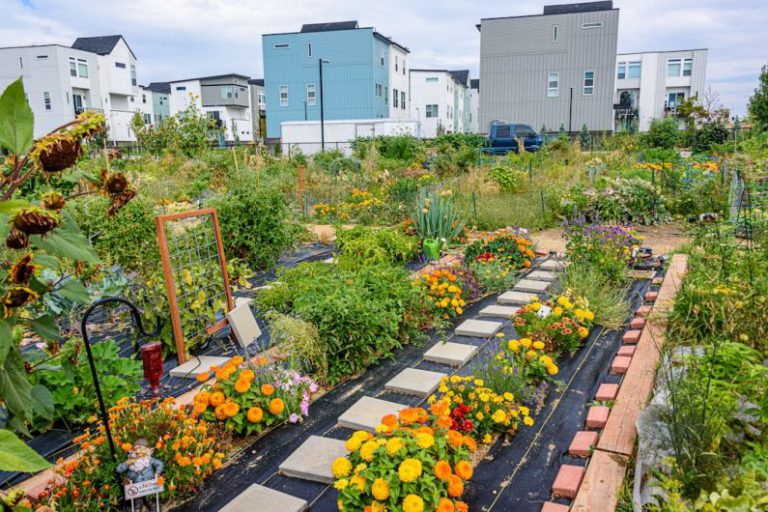Reducing Waste: Host a Swap Event
In our consumer-driven society, it is easy to accumulate items that we no longer need or use. This excess leads to clutter in our homes and contributes to the global waste problem. Instead of simply throwing away these unwanted items, why not consider hosting a swap event? Swapping allows us to give new life to our unwanted belongings while also reducing waste. In this article, we will explore the benefits of hosting a swap event and provide tips on how to organize one successfully.
1. Encouraging Sustainability
Swap events promote sustainability by giving people the opportunity to exchange items they no longer need for something they do. By participating in a swap, individuals can extend the lifespan of their possessions, reducing the need for new production and the associated environmental impact. This simple act of swapping can contribute to a more sustainable future.
2. Creating a Sense of Community
Swap events bring people together, fostering a sense of community and connection. By gathering individuals with shared interests in one space, swaps provide an opportunity for participants to meet new people and make friends. The act of swapping itself encourages communication and interaction, as people discuss the value and potential uses of the items they are exchanging.
3. Saving Money
Hosting or participating in a swap event can help individuals save money. Instead of purchasing new items, participants can find what they need at the event, often at no cost. Swapping allows us to break free from the cycle of consumerism and embrace a more conscious and frugal lifestyle.
4. Organizing a Successful Swap Event
To host a successful swap event, follow these simple steps:
a) Choose a Suitable Venue: Look for a venue that is spacious enough to accommodate the anticipated number of participants. Consider local community centers, schools, or even outdoor spaces.
b) Set a Clear Theme: Establish a theme for the swap event, such as clothing, books, or household items. This will help participants know what to bring and ensure a cohesive experience.
c) Spread the Word: Utilize social media platforms, local community groups, and flyers to spread the word about your swap event. Encourage participants to invite friends and family members to maximize the number of items available for swapping.
d) Set Guidelines: Clearly communicate the rules and guidelines of the swap event to ensure a smooth and fair experience for all participants. Establish rules regarding the condition of items, the number of items each person can bring, and any special instructions.
e) Organize the Space: Set up designated areas for different categories of items to facilitate browsing and swapping. Arrange tables or racks and label each section accordingly. Consider providing mirrors or fitting rooms for clothing swaps.
f) Create a Welcoming Atmosphere: Add some music, refreshments, and comfortable seating to create a welcoming ambiance for participants. A friendly and inviting environment will encourage people to stay longer and engage in conversations.
g) Promote Donations: Encourage participants to donate any unclaimed items at the end of the event. Partner with local charities or shelters to ensure that these items find new homes and continue to be useful.
By hosting a swap event, you can contribute to reducing waste, building a sense of community, and saving money. Embrace the concept of swapping and encourage others to do the same. With a little planning and organization, you can create a successful event that benefits both individuals and the planet. Start today and make a positive impact in your community!






